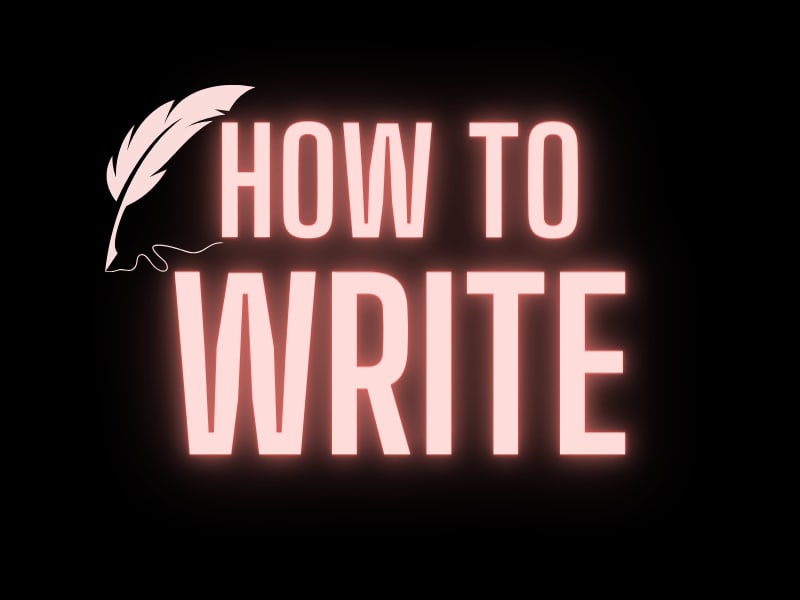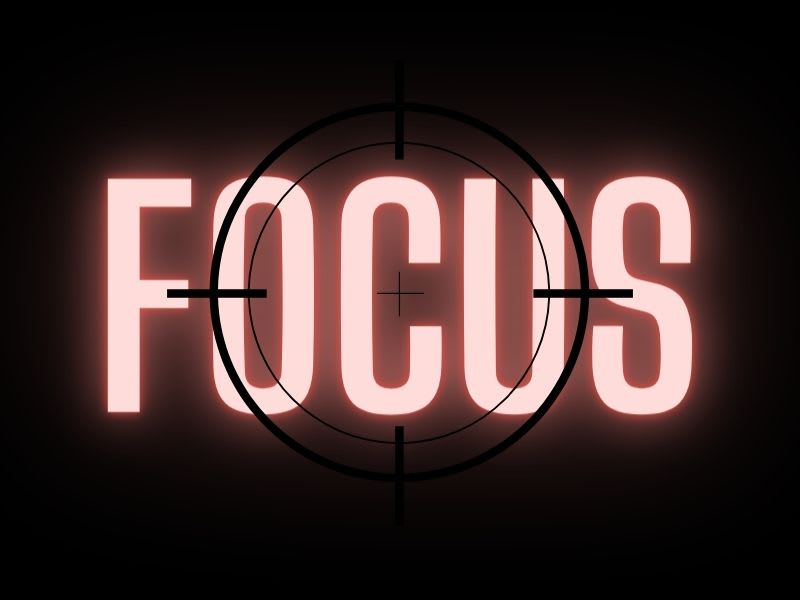How to write a poem
This simple guide is a starting point for anyone interesting in writing poetry.

Before getting into writing poetry, let's begin at the beginning.
What is a poem? Words that are arranged rhythmically to stir emotion and thought in the reader or listener.
Why write poetry? I don't know. But I sense that self-expression must find an outlet. Some of us are compelled to share the dialogues we all have between ourselves and the world.
Where does poetry come from? Oral traditions. The rhythmic repetition found in epic tales is believed to have helped speakers and listeners remember the narrative structure of stories. Some of the oldest surviving epic poetry includes the ancient Mesopotamian Epic of Gilgamesh, the Greek epics The IIiad and The Odyssey and the Indian Sanskrit epics The Ramayana and The Mahabarata.
There are many types of poems, such as sonnets, haikus, limericks, free verse and many more. Each type has its own rules and structures, but many poems share common elements, such as:
Theme: The main idea or message of the poem. It can be anything that inspires you, such as love, nature, war, etc.
Imagery: The use of sensory details to create vivid pictures in the reader’s mind. This includes metaphors, similes, personification, and other devices to make your imagery more effective.
Sound: The use of rhyme, rhythm, alliteration, and assonance to create musical effects and enhance the meaning of the poem. You can also use punctuation, capitalization, line breaks, and other types of formatting. to control the pace and tone of the poem.
Voice: The perspective and attitude of the speaker or narrator of the poem. You can use first-person, second-person, or third-person points of view, as well as different moods and tones (anger, sadness, emergency, hopefulness etc.), to express your feelings and opinions.
How do I write a poem? In my personal opinion, you have three options, none of which are mutually exclusive.
One, just take a pen and paper and start writing. Just pour whatever is in your mind onto the page and then begin rearranging it. Work it, knead, correct it, delete it, repeat it, break it, and distill it into a selection of words, possible sentences, that encapsulate the feeling or image or idea that came from this "mind dump" (apologies for the crude language!)
Two, read, read, and read. Go to poetryarchive.org and poetryfoundation.org and read and listen to as many poems as you can. Pay attention to attributes in poems that resonate with you. Reverse engineer the parts of poems that jump out at you. How did the poet create that effect? The more you read, the more you will understand form and its creative possibilities. Form is simply narrowing down an infinite array of possibilities into something actually usable.
Three, you can read books on poetic form. This is perhaps the driest of all three approaches, but has its place nonetheless. If you want to go this route, I recommend Stephen Fry's introduction to poetry The Ode Less Travelled: Unlocking the Poet Within. It's brilliant.
Finally, if you want a quick exercise to start writing, try following these steps and see what happens:
Choose a type of poem that suits your purpose and style. For example, if you want to write a short and simple poem, you can choose a haiku, which consists of three lines with five, seven, and five syllables each. If you want to write a longer and more complex poem, you can choose a sonnet, which consists of fourteen lines with a specific rhyme scheme and meter. You can also just write in free verse.
Choose a theme that interests you and resonates with your emotions. For example, if you want to write a poem about love, you can think of a person, a place, a memory, or a feeling that relates to love. You can also use a prompt, a question, or a word to spark your imagination.
Write down some words and phrases that relate to your theme and use imagery and sound devices to enhance them. For example, if you want to write a poem about love, you can use words like “heart”, “kiss”, “rose”, etc. and use metaphors like “you are my sunshine”, “your voice is music to my ears”, etc. You can also use rhyme, alliteration, assonance, etc. to create a pleasing sound and a consistent pattern.
Arrange your words and phrases into lines and stanzas according to the rules and structures of your chosen type of poem. Or simply write in free verse.
Read your poem aloud and revise it until you are satisfied with the result. Reading aloud is crucial. You may be "writing" a poem, but don't forget that poetry is also an oral tradition. Its musicality takes form through voice. As you read, you can check for spelling, grammar, punctuation, and clarity, as well as the overall flow, rhythm, and meaning of the poem. You can also read your poem to others and ask for feedback and make changes accordingly.
I hope this helps you to write your own poems. If so, please, please leave and a comment and let me know how you got on! Have fun and be creative! 😊
Related How-tos
How to write a killer sentence
In this writing workshop, we go back to basics and ask what makes a good sentence.

How to write 101
Are you new to writing and do you want to develop your own style? Then join me for the ride!

How to stay focused as a writer
Here are some simple tips on how to keep momentum while writing.

